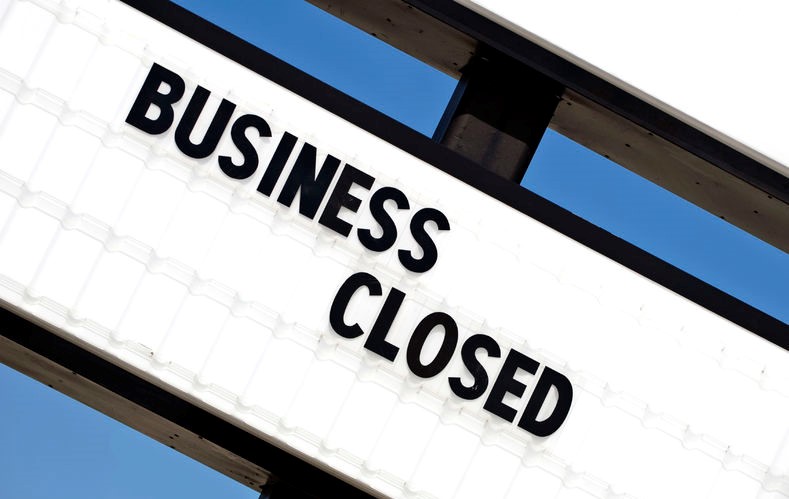They had great potential… but multiple mistakes were made and others should learn.
By Laurie Orlov
This article was orginally published at Aging In Place technology Watch
Lively’s failure is making other market entrants nervous – so let’s consider. This past week, the remaining assets (no people) of the Silicon Valley firm Lively (mylively.com) were acquired. So let’s take a few moments and reflect on what might have happened. What can startups and current players learn from this? Actually, not too much — Lively was not typical of the industry it entered. It was founded in late 2012, launching in the spring of 2013 and sank quickly, going out of business just last week.
The firm had the trappings of great potential. It was founded by the successful Iggy Fanlo (AdBrite, Shopping.com) and others, with $2.8 million seed funding from Maveron LLC and another $4.8 million from funders that were led by Cambia Health. Laura Carstensen, professor in Stanford’s Longevity research center, was on the board. Much advice was available – Lively was in the Aging 2.0 GENerator portfolio. The design was attractive in a segment not always known for its beautiful products. The initial offering included a LivelyGram, a family-written attractive print mailing sent to the elderly user.
But multiple mistakes were made and others should learn. Lively’s failure could surely shake investor and startup confidence in the aging tech market. So why did it fail, given all of the factors (high profile founder, board members, VC funding, nice design, great PR)?
- Initial direct-to-consumer approach was wrong. For sensor-based home monitoring and personal emergency response system (PERS), the channel sales approach has been the only viable approach. By 2013, the sensor-based home monitoring market had never seen a single splashy direct-to-consumer success. Millions were invested in previous approaches for Wellcore and QuietCare – these and almost everyone in the PERS market (which Lively eventually attempted to enter) depended on resale and referral by channel partners. And as for success overall in direct-to-consumer, it’s very costly and takes time – few in the aging-related space (other than Lively’s acquirer, GreatCall) could afford it on their own.
- The founders had no background in the senior care space. This seems to be a Silicon Valley cliché: we liked your last company and we like you, so regardless of the market category, we will fund you because you’re one of us. This is most recently underscored by the $20 million VC investments in Honor (Meebo) and a cool $23 million in Home Hero (Flowtab) – neither with experience in the home care sector. But as with Wellcore, WellAware, QuietCare, and others, VC investors can lose patience if a company is not sold fairly quickly. This was no doubt a factor in the rapid collapse of Lively.
- Institute for the Ages study was inadequate. A much heralded but tiny (29 units) in-market pilot with consumers was held with the support of the now-defunct Institute for the Ages in Sarasota in April, 2013. What were the learnings about the utility of the product and whether the majority of the devices worked as designed? At any rate, Lively plowed on — no doubt pushed by investors, still committed to a direct-to-consumer approach, raising another $4.8 million and launching 5 months after the pilot in September, 2013. Instant success was not forthcoming, despite an impressive amount of news coverage. And so (just like the failed Wellcore), Lively decided too late to offer a PERS watch in a market dependent on the resellers it had yet to recruit.
- Did the founders see problems with their hardware? Here are Iggy Fanlo’s own comments, posted the day that the assets sale was announced: “Hardware is HARD. Our friends at Apple have raised the consumer expectations bar so high that it’s difficult to achieve that goal at startup scale. The cliché is true: the journey IS the reward.” Interesting but not related to the Lively ‘journey’, considering that its market had no resemblence to Apple’s consumer ‘expectations.’ But Mr. Fanlo was well-trained in startup-babble, Silicon Valley’s “failure is the new black” mantra, and its insider culture of serial startups.








